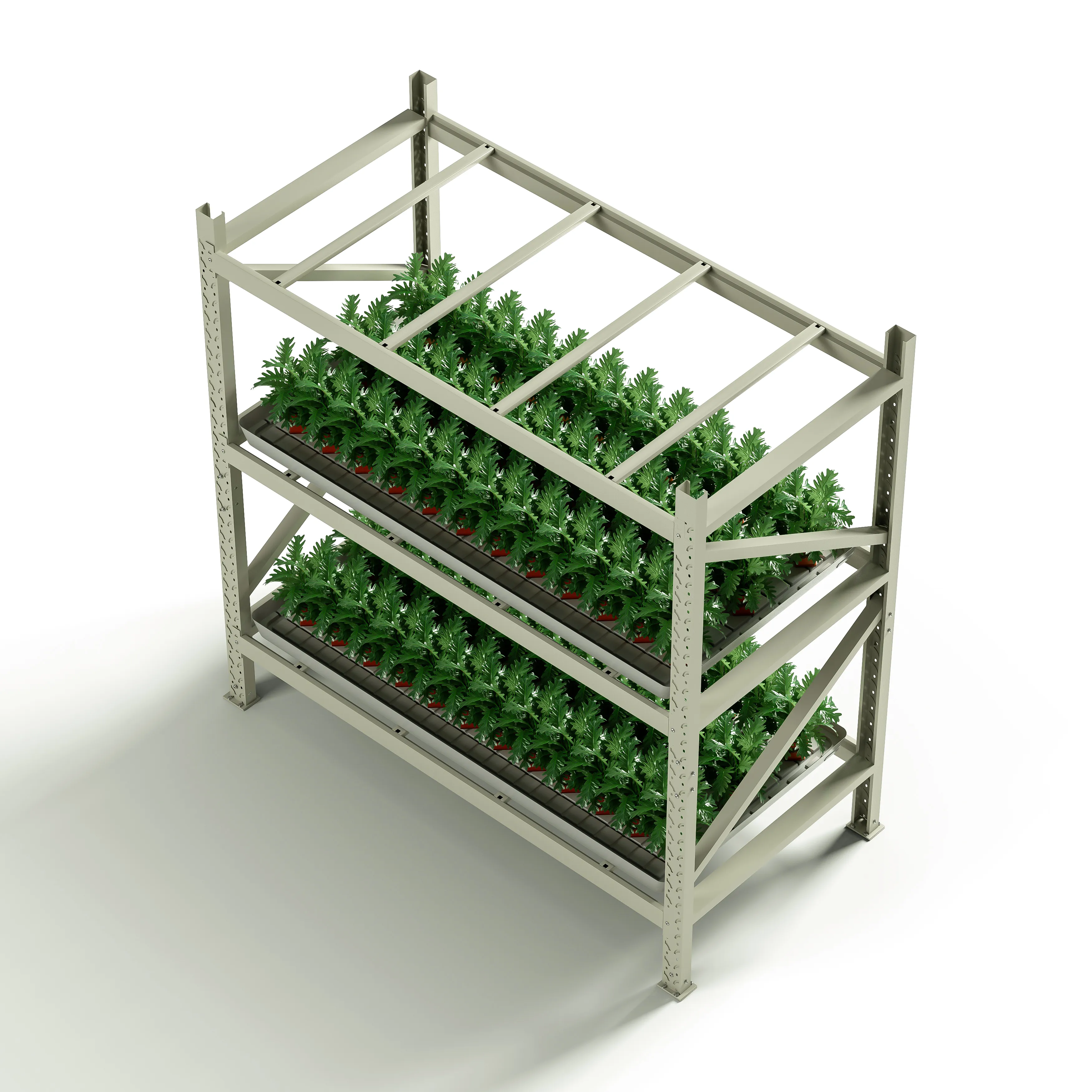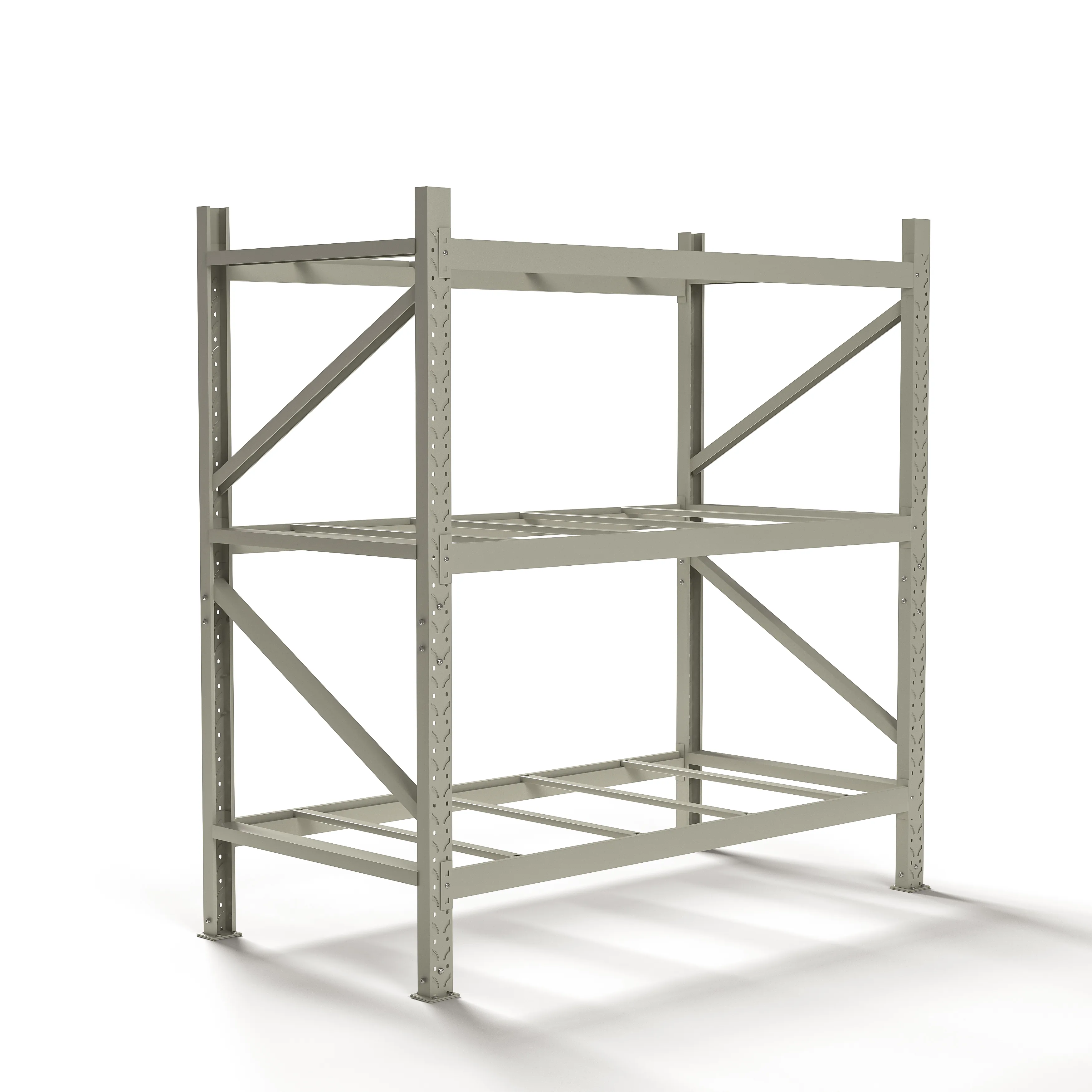What are the types of vertical growing systems?
Vertical growing systems are innovative agricultural methods that allow plants to be cultivated in a vertically stacked or tiered arrangement, maximizing space utilization and increasing crop yields. There are several types of vertical growing systems, each with its own design and benefits.
Vertical growing systems types

Vertical Tower Systems: Vertical tower systems consist of tall, freestanding structures with multiple levels of planting trays or containers stacked vertically. These systems often use hydroponic or aeroponic techniques, with nutrient-rich water or mist circulated to the plants’ roots. Tower systems are well-suited for growing leafy greens, herbs, and small vegetables in indoor or urban settings.
Vertical Wall Systems: Vertical wall systems, also known as green walls or living walls, are vertical structures covered with plants arranged in a modular grid or panel system. Plants are typically grown in pockets or containers attached to the wall surface, with irrigation systems delivering water and nutrients to the roots. Vertical wall systems are commonly used for decorative purposes in indoor and outdoor spaces, as well as for urban agriculture and green building initiatives.

Vertical Rack Systems: Vertical rack systems consist of metal or wooden frames with adjustable shelves or trays for holding planting containers. These systems can be customized to fit the available space and crop requirements, with options for soil-based or hydroponic cultivation. Rack systems are versatile and can be used in a variety of settings, including commercial greenhouses, urban farms, and research facilities.
…
For more detailed information about the vertical growing systems types , please click here: https://www.etegreen.com/en/a/news/vertical-growing-system-types.html


